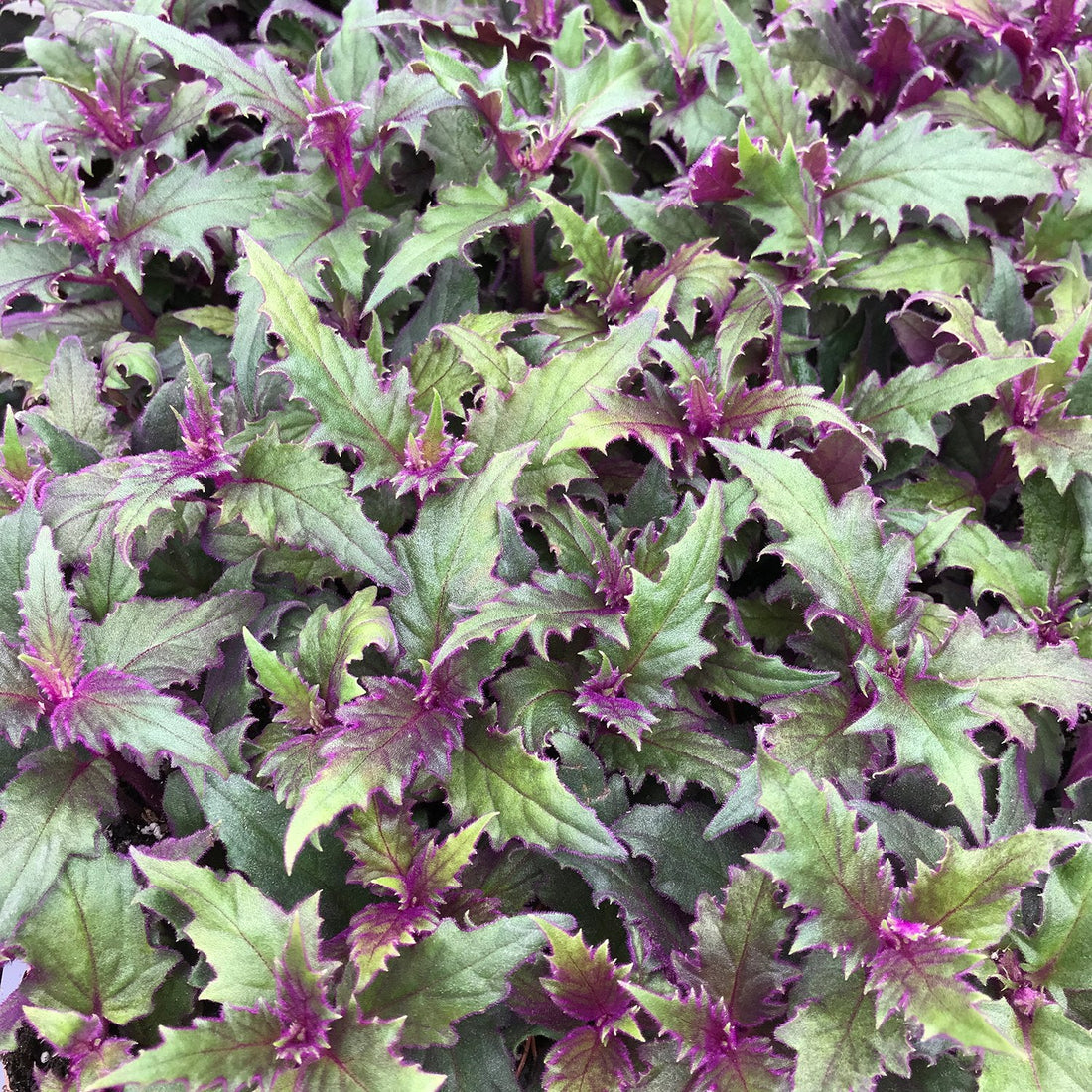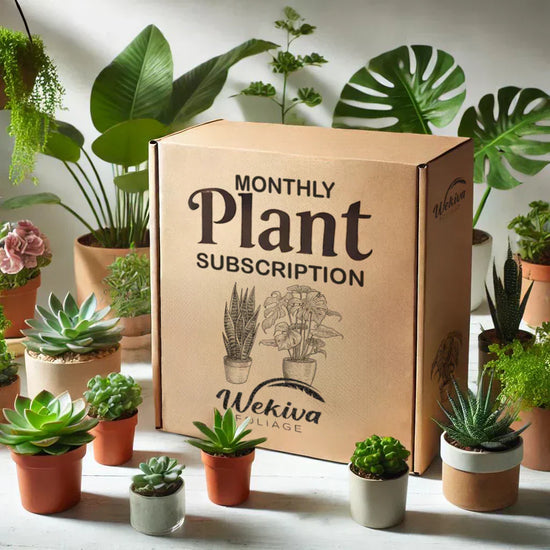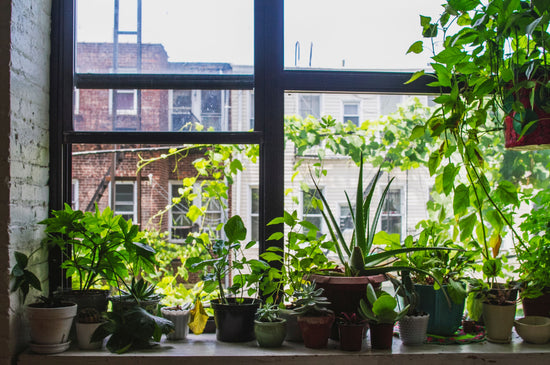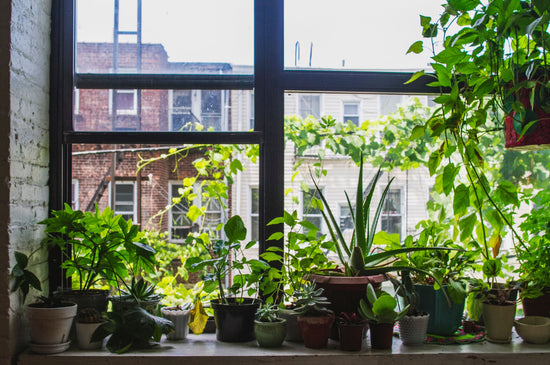How to Make Your Purple Passion Plant Thrive Indoors

The Gynura aurantiaca, also known as the Purple Passion Plant or Purple Velvet Plant, is an indoor gardening favorite. Its velvety purple leaves and easy-care nature make it a standout among houseplants. If you want your purple passion plant to thrive, this guide will provide all the tips and tricks you need.
What Makes the Purple Passion Plant Special?
The Gynura aurantiaca purple passion plant is celebrated for its unique features. Here’s why it’s a beloved houseplant:
-
Luxurious Foliage: The velvety texture and vibrant purple color make it a showstopper in any indoor planter.
-
Low Maintenance: Ideal for both beginners and experienced plant enthusiasts, it thrives with minimal effort.
-
Air-Purifying Properties: This plant contributes to cleaner indoor air.
-
Versatile Placement: Works beautifully as a hanging plant, a tabletop accent, or part of a larger indoor garden.
-
Eye-Catching Beauty: Its unique appearance makes it a favorite among collectors.
How to Care for Your Purple Passion Plant
Light Requirements
Bright, indirect light is crucial to maintain the vibrant purple hue of your plant. Avoid direct sunlight, which can scorch the leaves, and low light, which can dull its color. East or south-facing windows are best.
Watering
Water your Gynura aurantiaca when the top inch of soil feels dry. Overwatering can lead to root rot, so ensure your indoor planter has proper drainage to avoid waterlogging.
Temperature and Humidity
The purple passion plant thrives in temperatures between 60°F and 75°F. High humidity is essential, so mist your plant regularly or use a humidifier to mimic its natural tropical environment.
Soil and Fertilizer
Use well-draining soil with added perlite or sand to promote healthy growth. Feed your plant with a balanced liquid fertilizer every 4-6 weeks during the growing season to support its vibrant foliage.
Pruning
Prune regularly to encourage bushy growth and maintain its shape. Remove any yellow or damaged leaves to keep your plant healthy and thriving.
Common Issues and Solutions
-
Yellow Leaves: Overwatering is the usual culprit. Adjust your watering schedule and check for proper drainage.
-
Fading Color: Lack of light can cause the vibrant purple hue to fade. Move your plant to a brighter spot with indirect sunlight.
-
Pests: Spider mites and aphids may target the plant. Treat infestations promptly with neem oil or insecticidal soap.
Decorating with the Purple Passion Plant
The Purple Velvet Plant is highly versatile for indoor decor:
-
Hanging Planters: Showcase its cascading stems for a dramatic effect.
-
Tabletop Displays: Use it as an eye-catching centerpiece in living or dining spaces.
-
Indoor Gardens: Pair it with green houseplants for a stunning, dynamic display.
Where to Find the Purple Passion Plant
The Purple Passion Plant is a rare and beautiful addition to any home. Discover high-quality plants at Wekiva Foliage and start your journey with this stunning houseplant today.
FAQ
1. How often should I water my Purple Passion Plant?
Water when the top inch of soil feels dry. Avoid overwatering to prevent root rot.
2. Can the Purple Passion Plant grow in low light?
While it can survive in low light, its vibrant purple color will fade. Bright, indirect light is recommended for optimal growth.
3. Is the Purple Passion Plant pet-safe?
No, the Purple Passion Plant is toxic to pets if ingested. Keep it out of reach of cats and dogs.
4. How do I propagate the Purple Passion Plant?
Propagate the plant using stem cuttings. Place cuttings in water or moist soil until roots develop.
5. What should I do if my plant’s leaves turn brown?
Brown leaves may indicate low humidity or inconsistent watering. Increase humidity levels and establish a steady watering routine.
The Purple Passion Plant is more than just a houseplant; it’s a statement piece that adds luxury and charm to any indoor space. Follow these tips to help your plant thrive indoors and become a vibrant addition to your home.





